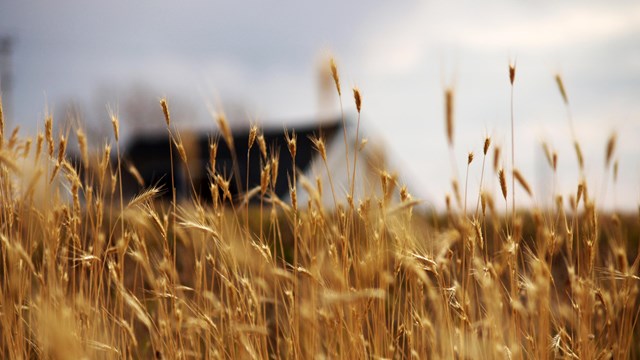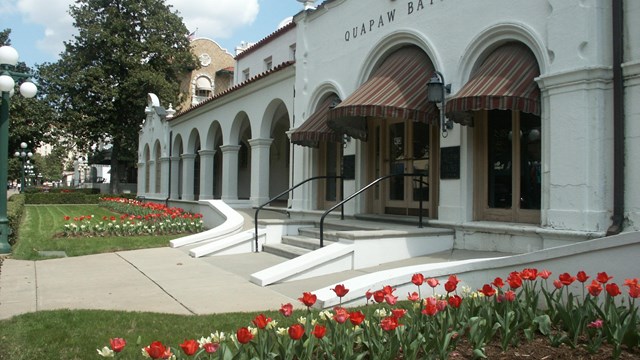Midwest cultural landscapes tend to be vernacular and rural in character, but many are now facing increasing pressure from the adjacent development of suburbs, oil and gas extraction, or alternative energy facilities. Properties in the midwestern United States encompass the historically significant themes of settlement, exploration, and transportation, and include five presidential homes and seven landscapes reflecting Native American culture. The landscapes of five 19th-century frontier forts have become truncated over time, but fifteen lighthouses and the Wright Brothers practice field in Ohio remain highly intact.
Historic features from farming, ranching, fishing, logging, and mining speak quietly about our region's past and its blend of cultures. Landscapes associated with education, such as the Little Rock Central High School National Historic Site in Arkansas, convey the evolution of societal values. Designed spaces include the Borglum sculpture at Mount Rushmore National Monument in South Dakota, the Kiley landscape at the Arch in Saint Louis, and the folk sculpture at Ellsworth Rock Garden in Voyageurs National Park in Minnesota. The region's most ironic landscape is the Minuteman Missile National Historic Site in South Dakota, where a missile silo is hidden in the plain sight of traffic on I-90.
The smallest cultural landscape in this area of the country is the modest 0.17-acre lot that surrounds the stucco African Methodist Episcopal Church in Nicodemus National Historic Site in Kansas. The largest is the former CCC park development for Theodore Roosevelt National Park in North Dakota, at 24,081 acres.

Stories about cultural landscapes in national parks of the Midwest

An overview of a few of the landscapes in the Midwest. More to come!
Last updated: April 6, 2021
